The Local Lowdown: February 2023
Michelle Kim | February 1, 2023
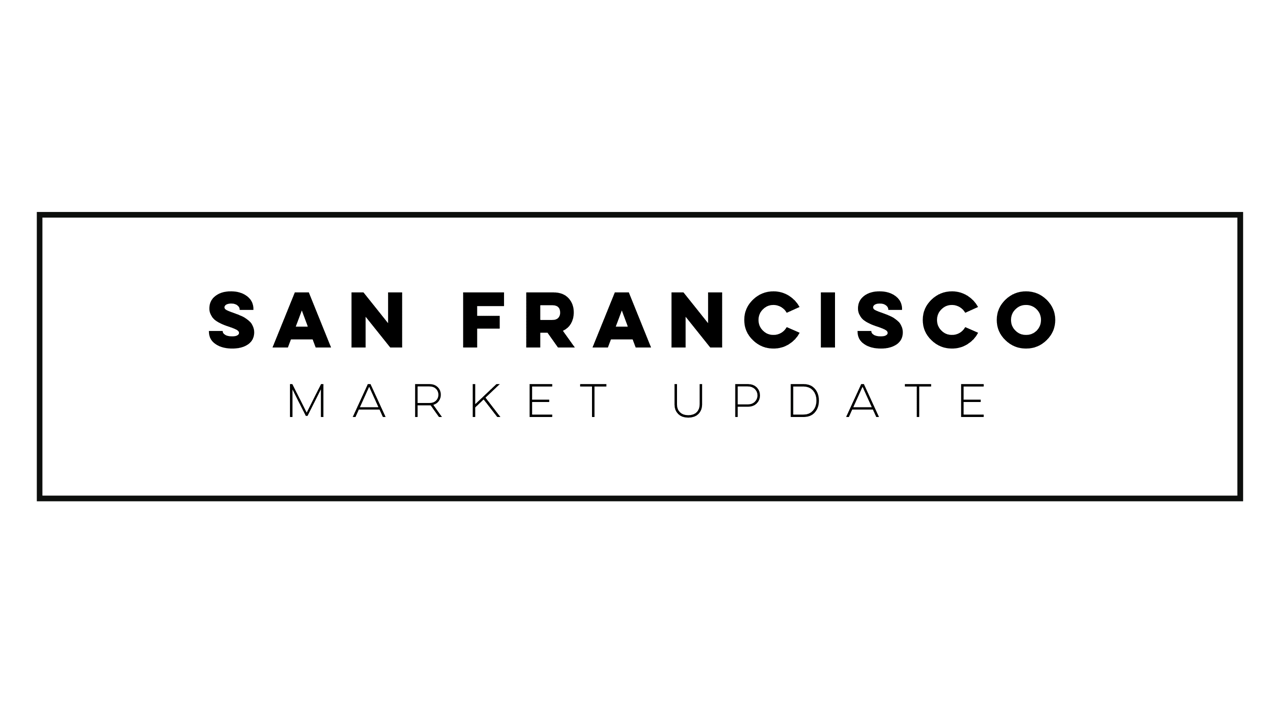
Michelle Kim | February 1, 2023

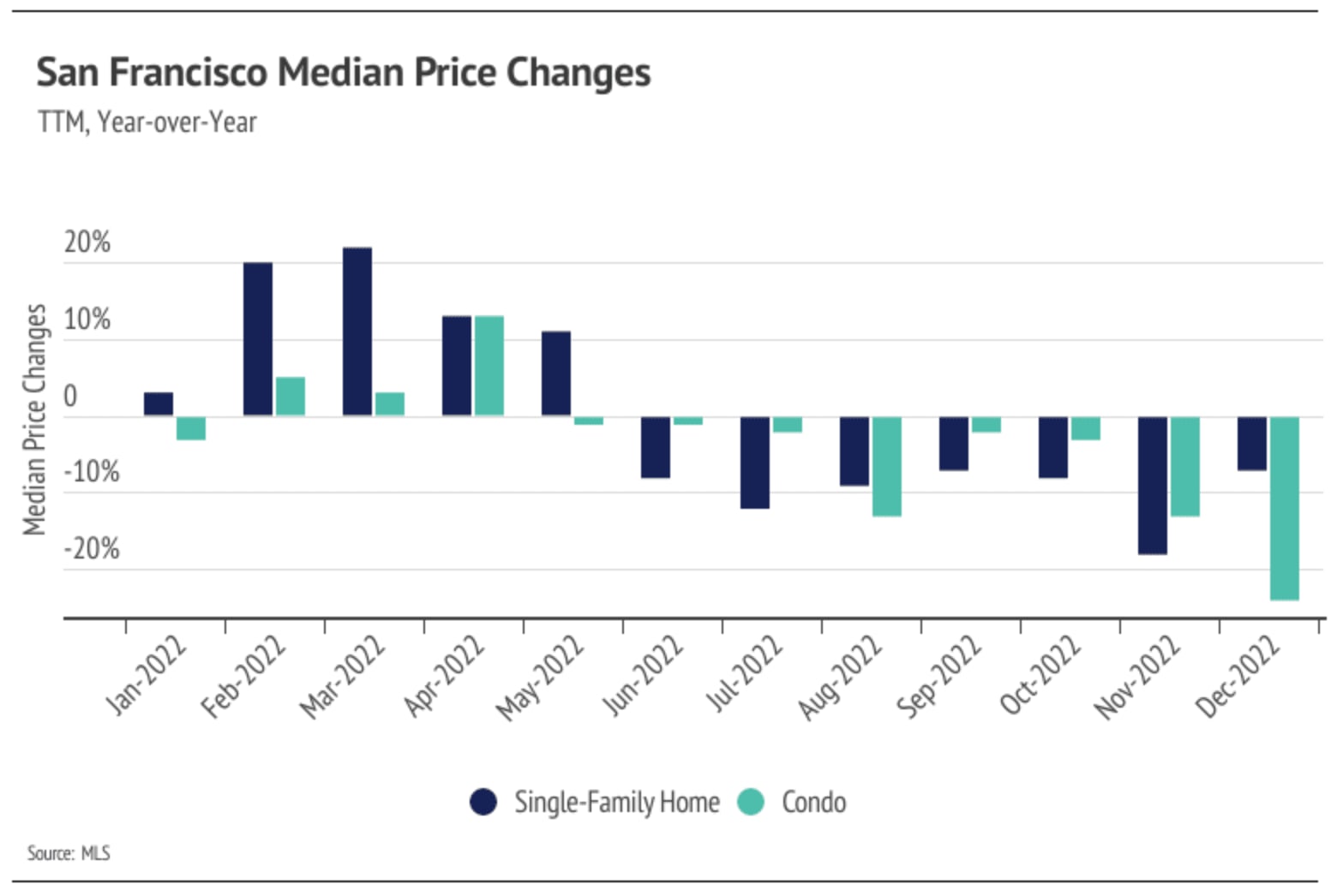
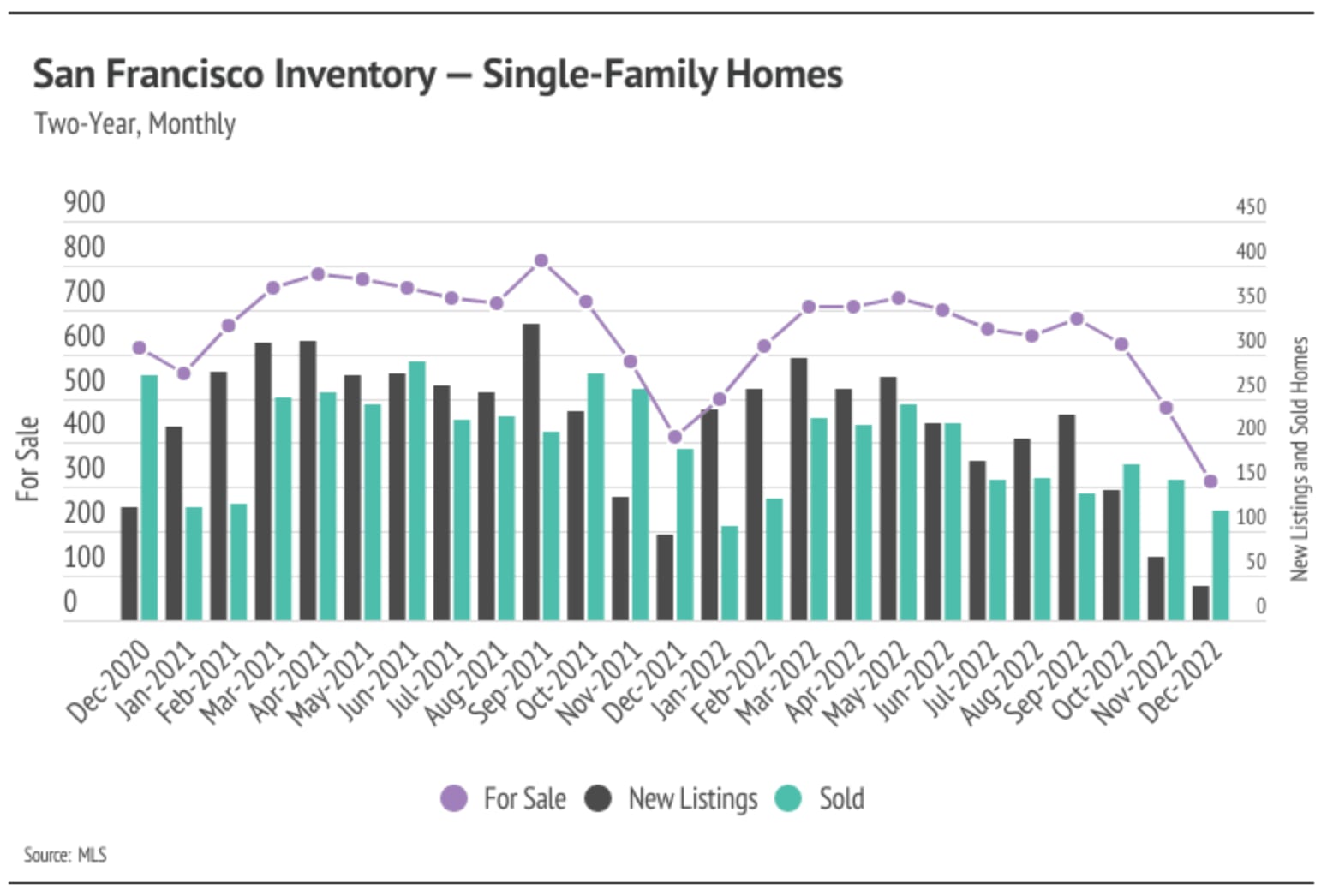
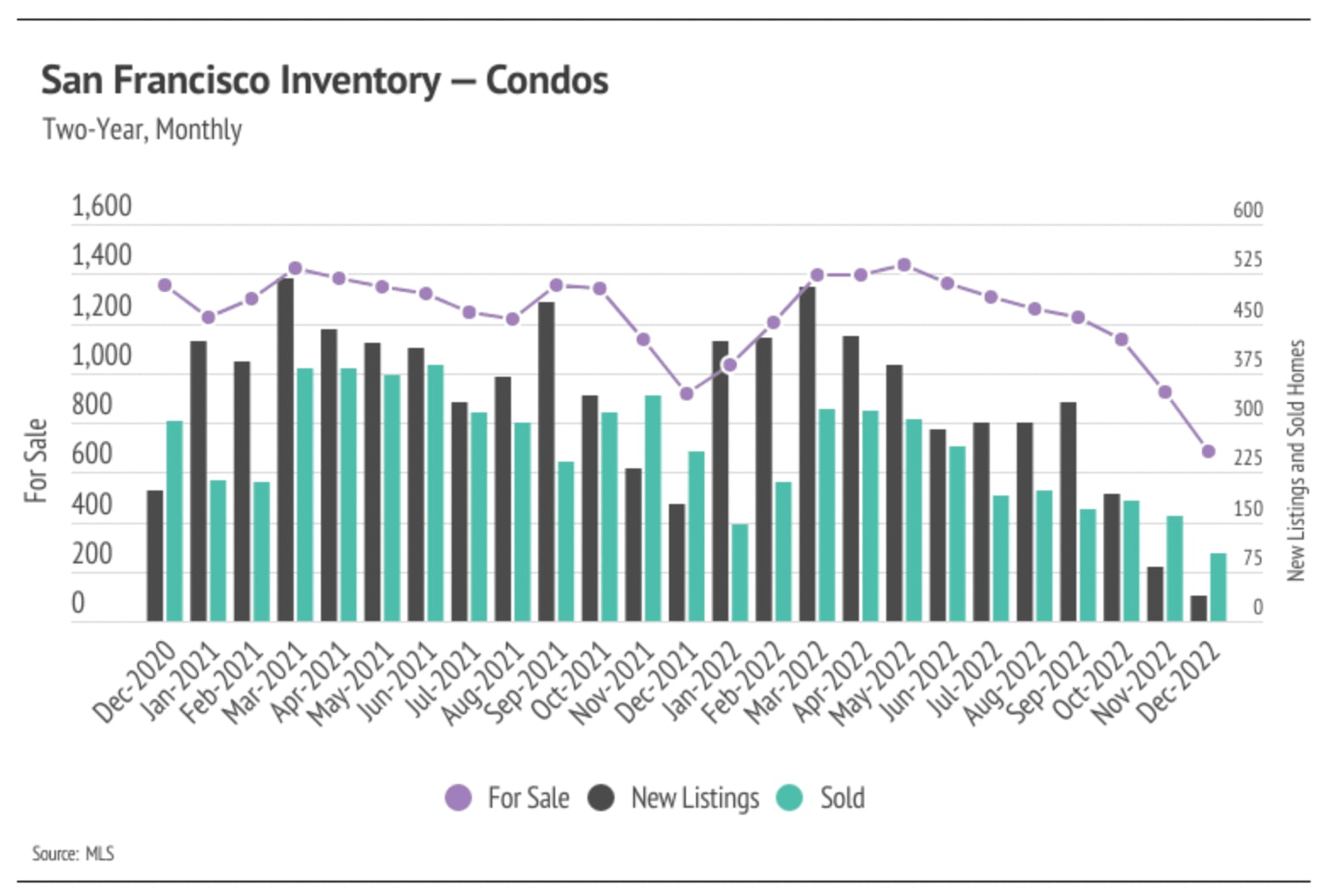
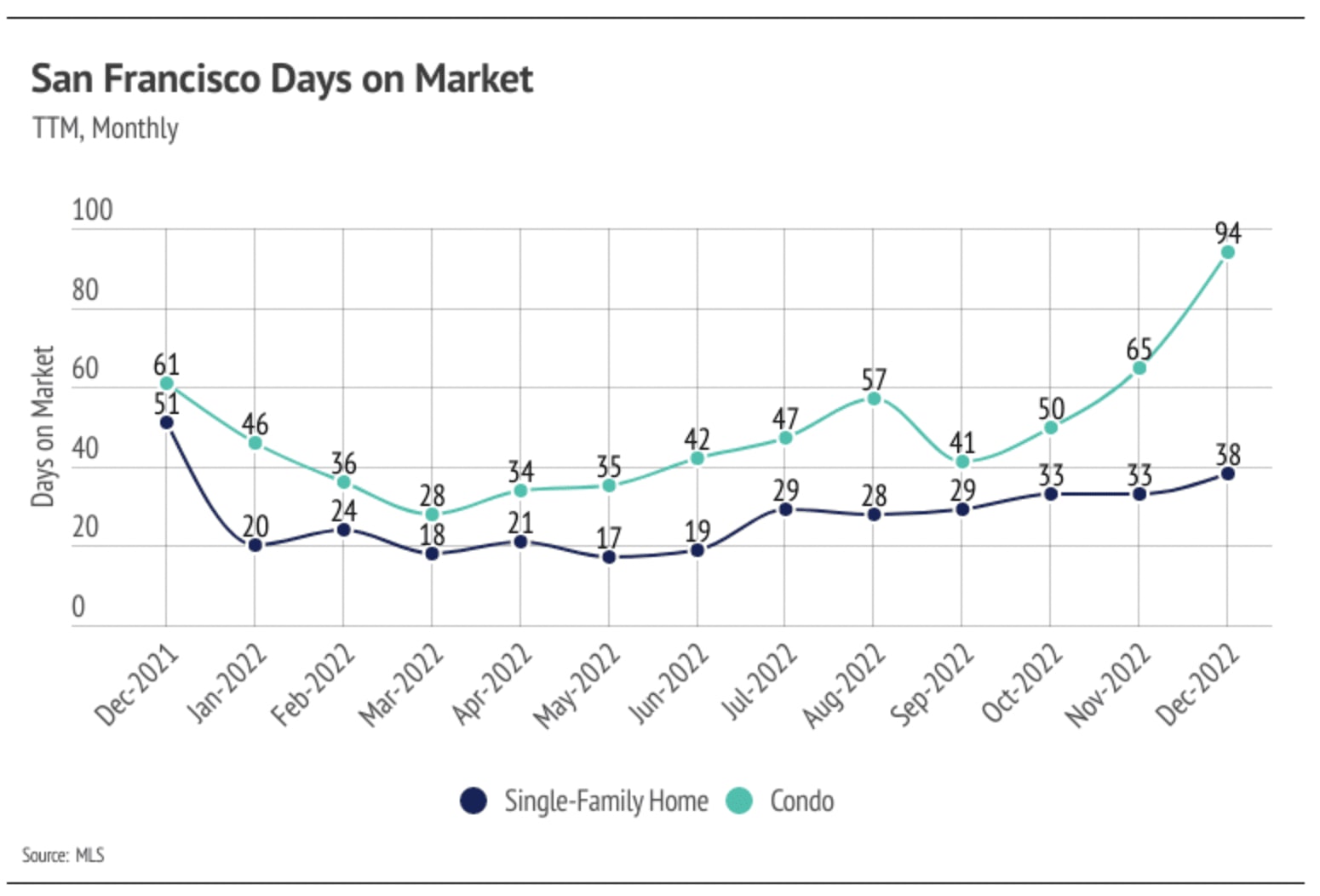

Stay up to date on the latest real estate trends.

Michelle Kim | January 1, 2026
Quick Take: Single-family median sale prices declined across the board for the first time in more than a year in November! Despite declines in price across the board, … Read more

Michelle Kim | December 31, 2025
Quick Take: The median single-family home in Marin County sold for 10% less than it did just one year ago in November. Inventories in the North Bay dropped by more th… Read more

Michelle Kim | December 31, 2025
Quick Take: Median sale prices are largely on the decline throughout the East Bay. The East Bay has continued to buck the trend, as inventories are roughly flat on a y… Read more

Michelle Kim | December 31, 2025
Quick Take: Mortgage rates continue to slowly move downwards, as the Federal Reserve continues its rate cuts. Inventories remain high, as new supply is hitting the m… Read more

Michelle Kim | December 31, 2025
Quick Take: Median sale prices skyrocketed in San Francisco on a year-over-year basis in November. Inventories declined by more than 40% across the board in San Franci… Read more

Michelle Kim | December 31, 2025
Quick Take: San Francisco experiences explosive growth with single-family homes surging 15.82% and inventory cratering over 40%, creating the tightest market condition… Read more
You’ve got questions and we can’t wait to answer them.